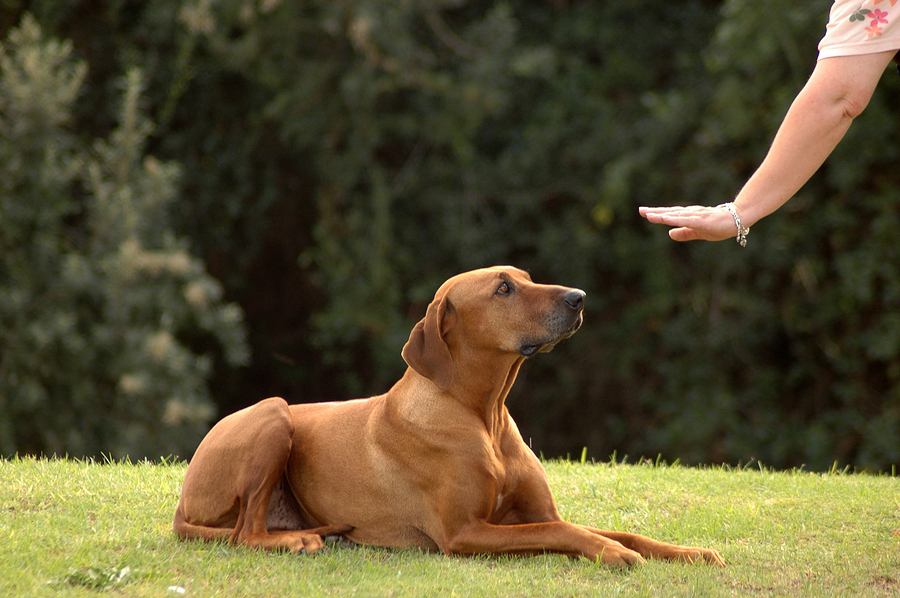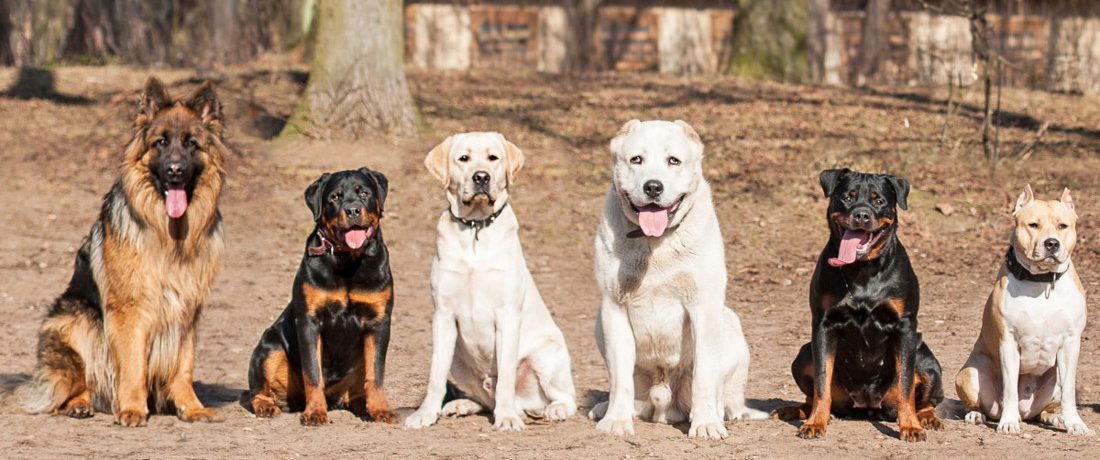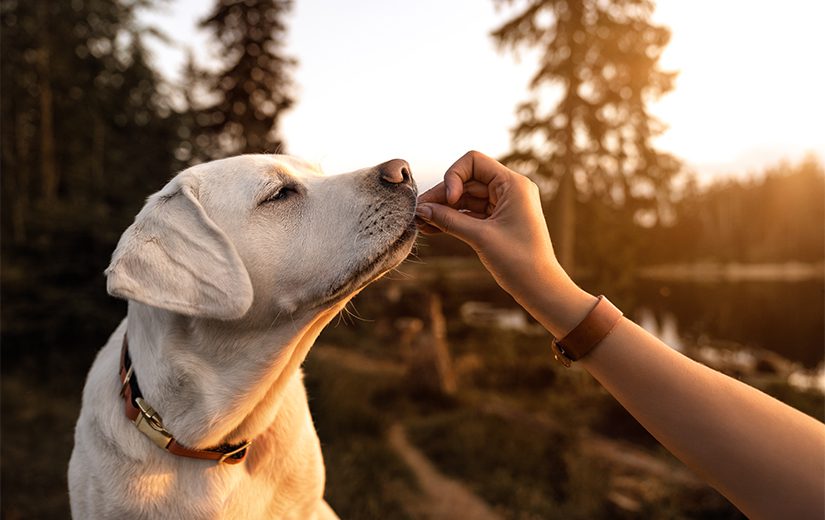Start Your Dog's Journey with Puppy Training That Builds Trust and Respect
Start Your Dog's Journey with Puppy Training That Builds Trust and Respect
Blog Article
Leading Pet Training Techniques Every Proprietor Must Know
Recognizing effective pet training techniques is vital for any family pet proprietor aiming to cultivate a harmonious relationship with their canine companion. Among the most famous methods are favorable support, remote control training, and leash training, each offering one-of-a-kind benefits that add to a well-behaved dog. The success of these techniques often hinges on the owner's commitment to uniformity and persistence. As we explore these fundamental techniques, it becomes apparent that grasping their subtleties can dramatically impact the training experience and the dog's overall actions. What are the crucial elements that will ensure these techniques are implemented successfully?
Favorable Reinforcement Strategies
Utilizing favorable reinforcement strategies is crucial for reliable pet dog training, as it fosters a trusting bond in between the trainer and the pet. This approach concentrates on satisfying desirable habits instead of penalizing unwanted ones, creating a setting for learning. Incentives can include deals with, praise, or playtime, which inspire dogs to duplicate the actions that gain them these rewards.
Positive support is rooted in the principles of operant conditioning, where actions is influenced by its effects. By constantly gratifying particular actions, fitness instructors can form a pet dog's actions in time. A dog that sits on command and gets a treat is a lot more most likely to repeat that behavior in the future.
Furthermore, this technique boosts the canine's interest for training sessions. When pet dogs associate training with positive experiences, they are much more involved and responsive. Past prompt therapy, positive reinforcement motivates a collective partnership between the canine and fitness instructor, minimizing anxiety and fear.
To optimize performance, it is crucial to supply incentives promptly, ensuring the dog attaches the actions with the support. Essentially, favorable reinforcement techniques not only yield better-trained dogs but likewise promote a harmonious collaboration between canine and owner.
Clicker Training Approach
The clicker training technique is an extremely efficient technique that builds on the principles of favorable support by adding a distinctive audio to mark wanted behaviors. This technique utilizes a small portable tool that creates a clicking sound, permitting instructors to communicate with their canines in a clear and instant fashion. When a pet executes a habits that the owner desires to encourage, the remote control is triggered, followed by an incentive, typically in the form of treats or appreciation.
The trick to effective remote control training depends on consistency and timing. It is important to click at the specific moment the wanted behavior takes place, ensuring that the pet connects the sound with the activity and the subsequent benefit. This approach not just boosts communication yet additionally promotes a more powerful bond in between the dog and the owner, as it urges interaction and communication during training sessions.
Clicker training can be put on a variety of behaviors and commands, from basic obedience to extra complicated methods. Its flexibility and performance make it a popular technique among expert fitness instructors and animal proprietors alike, paving the method for a well-trained and receptive canine friend.

Leash Training Fundamentals
Reliable chain training is essential for guaranteeing a safe and delightful walking experience for both pet dogs and their proprietors. A flat collar may function for some canines, while others may benefit from a harness that lowers drawing.
Present your canine to the chain progressively, allowing them to discover it in a comfortable setting. This includes satisfying your canine for strolling beside you instead than drawing in advance.
If your canine starts to pull, stop strolling instantly. Wait till they return to your side prior to resuming. This teaches them that drawing does not lead to advance. In addition, method different strolling atmospheres to help your pet dog adapt to diversions.
Routine method will certainly strengthen your canine's understanding of chain etiquette. Keep in mind that leash training is a continuous procedure; patience and consistency will produce the very best results, promoting a positive experience for both you and your canine buddy.
Socialization Techniques
Socialization is an essential aspect of canine training that ought to ideally begin during puppyhood but can be useful at any type of age. Efficient socialization helps canines create confidence and reduces the possibility of behavioral issues. To execute successful socialization strategies, reveal your dog to a variety of environments, individuals, and various other animals.

Beginning with regulated settings, such as young puppy classes or arranged playgroups, where young dogs can connect safely. Progressively introduce your dog to brand-new experiences, including different sounds, surfaces, and tasks. Make sure these encounters are gratifying and positive to establish a complacency.
For grown-up dogs or those doing not have direct exposure, begin with low-stress situations. Short, positive communications with pleasant humans and calm pets can produce positive associations - Dog training. Use deals with and praise to strengthen desirable behaviors during these experiences
Checking your pet's body language is necessary; signs of see worry or aggressiveness need to be dealt with promptly, either by removing the canine from the circumstance or rerouting its emphasis. Continually exposing your dog to diverse stimulations will this article certainly cultivate versatility, making it a well-shaped friend efficient in growing in different setups.
Uniformity and Perseverance
Identifying the relevance of uniformity and persistence in dog training is necessary for attaining long-term results. Inconsistent training can lead to complication, making it difficult for the pet to grasp commands or actions, ultimately preventing progression.
Pet dogs, like humans, discover at their very own pace. This fosters a relying on connection between the dog and owner, urging a more passionate and prepared student.
To cultivate consistency and patience, develop a regular training routine, utilize the very same commands, and guarantee that all relative use the very same training concepts - Dog training. By doing so, you create a stable setting conducive to learning, enabling your pet dog to create and thrive into a well-behaved buddy

Conclusion
To conclude, reliable dog training strategies, such as favorable reinforcement, clicker training, and correct chain training, are important for fostering a healthy and balanced owner-dog partnership. Furthermore, carrying out socialization methods and keeping uniformity and persistence throughout the training process adds significantly to a dog's total wellness. By integrating these approaches, pet dog proprietors can help Check Out Your URL with the growth of well-adjusted, loyal pets, inevitably improving the high quality of life for both the owner and the pet dog.
Among the most popular approaches are positive support, clicker training, and chain training, each offering unique advantages that contribute to a well-behaved pet dog. As we check out these basic methods, it becomes noticeable that grasping their nuances can dramatically affect the training experience and the pet's general actions.Using favorable reinforcement techniques is vital for efficient pet dog training, as it fosters a relying on bond in between the canine and the fitness instructor.In verdict, efficient pet training techniques, such as positive support, remote control training, and proper leash training, are essential for promoting a healthy and balanced owner-dog relationship. By integrating these approaches, pet owners can facilitate the advancement of well-adjusted, loyal pet dogs, ultimately improving the quality of life for both the pet and the proprietor.
Report this page